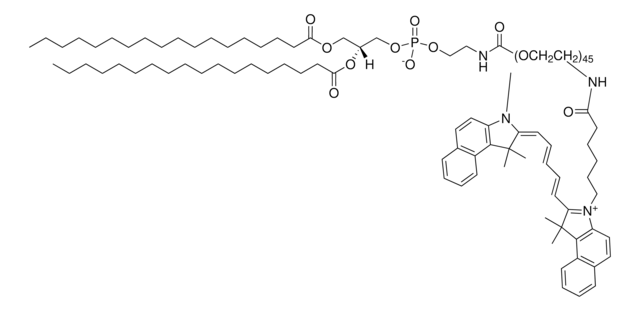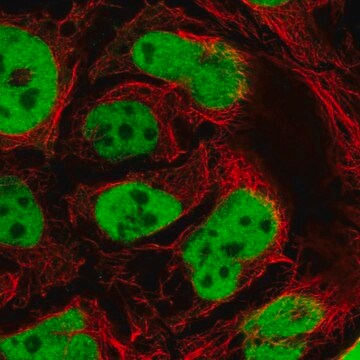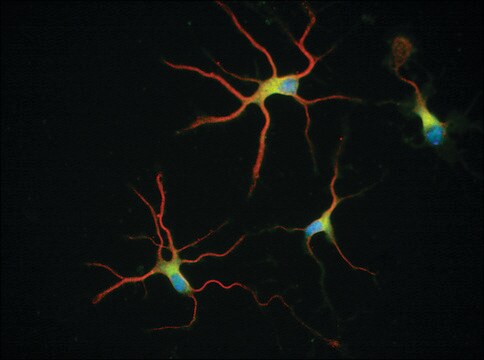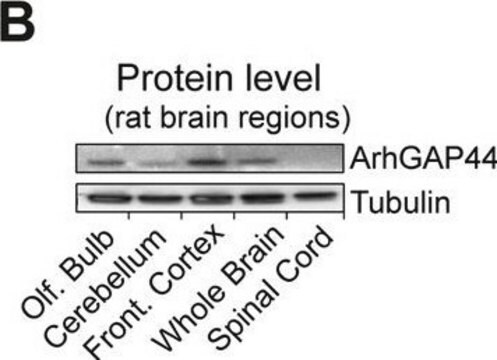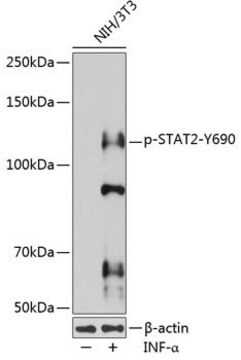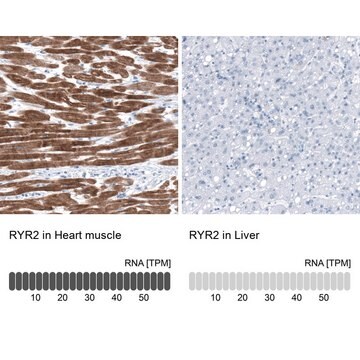CBL412X
Anti-Tubulin β-III Antibody, clone TU-20, Alexa Fluor™488 Conjugated
clone TU-20, from mouse, ALEXA FLUOR™ 488
Sinónimos:
Tubulin beta-4, Tubulin beta-III, tubulin, beta 3, tubulin, beta 4
About This Item
Productos recomendados
biological source
mouse
Quality Level
conjugate
ALEXA FLUOR™ 488
antibody form
purified immunoglobulin
antibody product type
primary antibodies
clone
TU-20, monoclonal
species reactivity
human, mouse, pig, bovine, primate, rat
technique(s)
immunocytochemistry: suitable
immunofluorescence: suitable
immunohistochemistry: suitable
immunoprecipitation (IP): suitable
western blot: suitable
isotype
IgG1
NCBI accession no.
UniProt accession no.
shipped in
wet ice
target post-translational modification
unmodified
Gene Information
human ... TUBB3(10381)
General description
Specificity
Immunogen
Application
Although this conjugated antibody will work for Western blotting and Immunoprecipitation, we recommend catalog number CBL412 if these are your primary applications.
Optimal working concentration must be determined by end user.
Neuroscience
Neurofilament & Neuron Metabolism
Quality
Immunocytochemical Analysis: 1:250 dilution of this lot detected β-III tubulin in rat cortex cell culture.
Target description
Physical form
Storage and Stability
Analysis Note
Rat Cortex Cells.
Other Notes
Legal Information
Disclaimer
¿No encuentra el producto adecuado?
Pruebe nuestro Herramienta de selección de productos.
Storage Class
12 - Non Combustible Liquids
wgk_germany
WGK 2
flash_point_f
Not applicable
flash_point_c
Not applicable
Certificados de análisis (COA)
Busque Certificados de análisis (COA) introduciendo el número de lote del producto. Los números de lote se encuentran en la etiqueta del producto después de las palabras «Lot» o «Batch»
¿Ya tiene este producto?
Encuentre la documentación para los productos que ha comprado recientemente en la Biblioteca de documentos.
Nuestro equipo de científicos tiene experiencia en todas las áreas de investigación: Ciencias de la vida, Ciencia de los materiales, Síntesis química, Cromatografía, Analítica y muchas otras.
Póngase en contacto con el Servicio técnico